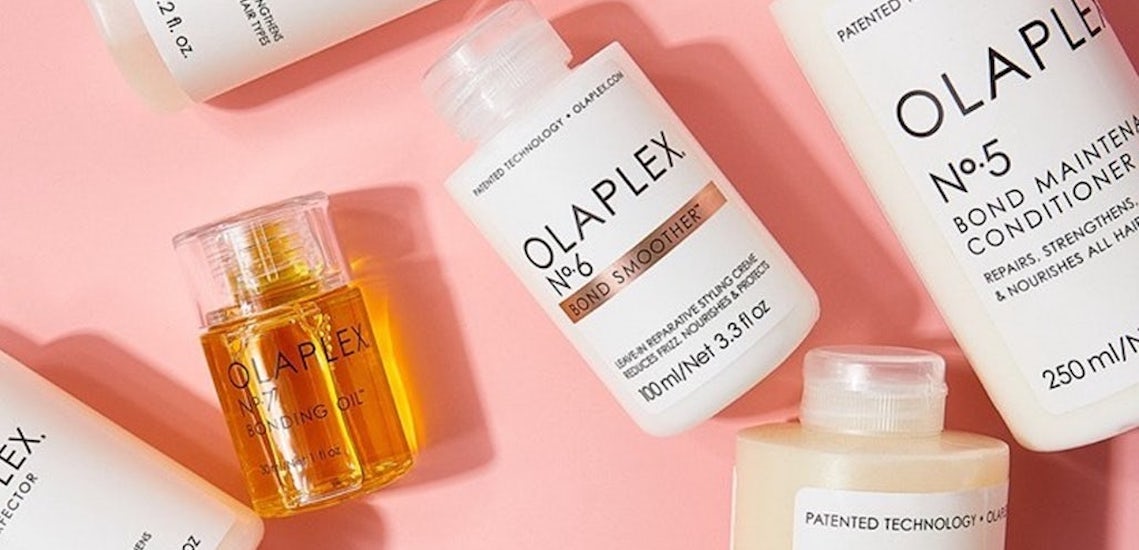Olaplex is not done outpacing the overall hair-care category’s sales growth.
In the second quarter of 2022, Olaplex net sales increased 38.6% to $210.9 million, with all three sales channels experiencing double-digit increases. Hair care has been on fire for several consecutive quarters, and Olaplex is leading the pack. According to NPD data, Olaplex sales increased by 54% in the second quarter of 2022 versus the same period last year. Meanwhile, total U.S. prestige hair-care category sales increased by 24% in the same period. The result was a halo effect, with Olaplex ending the second quarter with $198 million in cash and cash equivalents, giving it a plump war chest for investing in itself or acquiring other companies.
Over the past year, Olaplex focused on expanding distribution in the U.S. and internationally, and investing in technology and a digital strategy. In Dec. 2021, Olaplex expanded beyond Sephora to add Ulta Beauty to its U.S. retail partnerships. And in May, the bond-building brand also launched an AI-driven virtual team member online called Kai to promote product launch announcements and educational content in monthly campaigns.
Glossy spoke with JuE Wong, CEO of Olaplex, ahead of the brand’s earnings call on Tuesday. Excerpts from the conversation have been lightly edited and condensed for clarity.
How much runway is there for continuous double- and triple-digit sales growth?
“We are a participant in the fastest-growing category in beauty. This signals that the runway for the category itself is tremendous. We are leading and defining, and shaping this category. We have the advantage of being first movers. If we were already a 20-year-old brand and mature in all our key markets, I would say [growth] would be challenging. But we are only 8-years-old. And only 39% of our business [sales] is international. We expanded to China less than two years ago, and we are now the No.1 hair-care brand and No. 12 brand overall on TMall Global, which includes mainland China.”
China has proved a tough market, with brands like Too Faced and Glamglow pulling out. What’s your strategy?
“The digital channel is the channel of choice for beauty consumers, especially for hair care. The reason why is that they want to do their research and understand a product before they buy it. They shop cross-border, which is 15% of beauty sales in China, because brands don’t have to test on animals. When they shop [cross-border], they can explore brands that aren’t in mainland China, so they want to do more research. Our strategy on TMall is not just about selling, but it’s also about marketing and making ourselves resonate and be relevant. We believe the animal testing policy will relax over time, and then we will be ready [for brick-and-mortar stores]. We are with Sephora in China as an ‘experience’ brand, meaning that people can touch and feel the product and sample it, but they cannot buy it.
The Chinese consumers are leapfrogging a lot of their Western counterparts in how they expect to experience a brand online. Brands [in the U.S] only have occasional livestreaming on Instagram or Facebook, but with TMall, it’s 24-hour livestreaming. We launched livestreaming on our website. During the first couple of weeks, our conversion rate was 80%, and our average order value was up 15%. We are constantly livestreaming with different key opinion leaders.”
How are you navigating the current recession and inflation?
“We are not immune, and the hair-care category is not immune to global inflation pressures, macroeconomics or geopolitical situations. But our inventory levels are still healthy, which helps us compensate for longer transit times and any product components’ and raw materials’ shipment delays. We can meet demands because the supply chain still concerns us. The other thing that concerns us is our customers and how they are feeling about their economic well-being. When we made a [$2] price increase, it kept us at an accessible entry-level prestige price point. The way prestige beauty is, consumers will trade up or down depending on how they feel, but they will never stop using beauty. The question is where they go. We believe that at an entry-level price point during a challenging time, we can attract the higher price point customers and move them down [to our products]. That is an excellent way for us to acquire new customers during a challenging time. Our customers’ average household income is $104,000, versus the average of about $95,000.”
Are you thinking about acquisitions at all?
“We are cash-rich, and we are high-growth. But where we want to focus on is investing in technology. Investing in technology and technology capabilities can best accelerate [our company’s growth.]”




